The New Freedom Fighters: Women And Nonviolent Resistance
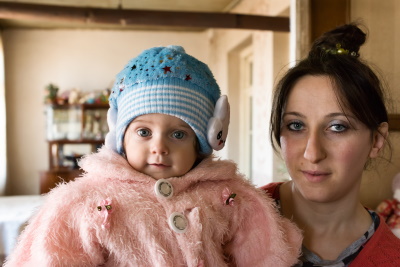
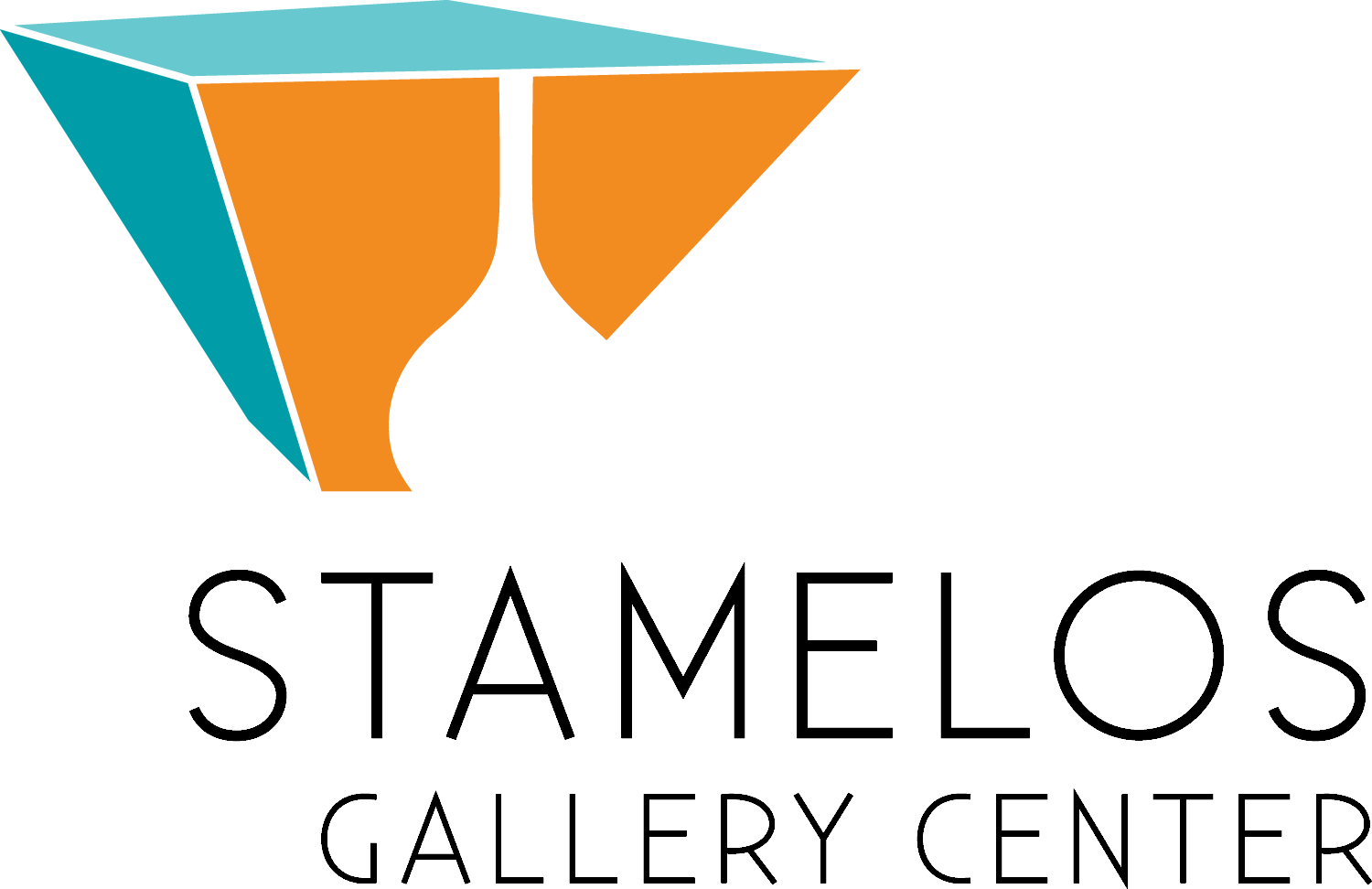
Thursday, Jan. 29, 2026, 5:00pm - 7:00pm
Stamelos Gallery Center
Special Guest Speakers at 6:00 pm:
Kim Harty, Associate Professor and Section Lead of Glass,
College for Creative Studies
Sarah Kohn, Director and Curator of Collections and Exhibitions,
Flint Institute of Arts
Reception is free to the public. Complimentary beverages and hors d'oeuvres provided.
Wednesday, May 20, 2026 - Sunday, Aug. 09, 2026 (Title to be determined)
Thursday, Sep. 03, 2026 - Sunday, Dec. 13, 2026 (Title to be determined)
Title and Dates to be determined
Title and Dates to be determined
Title and Dates to be determined

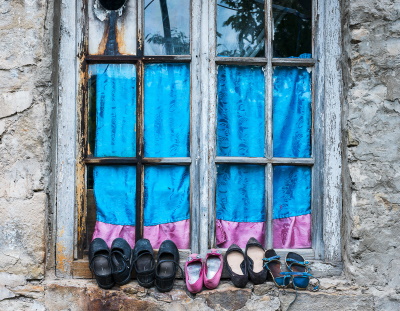
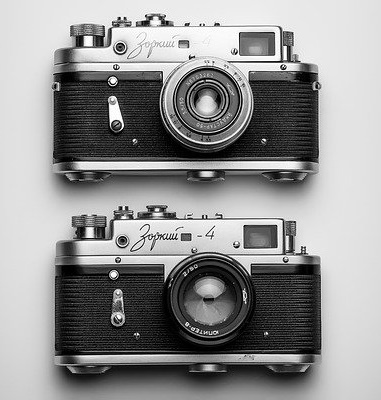
Thursday, Sep. 04, 2025, 5:00pm - 7:00pm
Stamelos Gallery Center
Artist talk at 6:00 p.m. Reception is free to the public, free parking in UM-Dearborn lot. Complimentary wine and hors d'oeuvres provided.
The Stamelos Gallery Center is located on the first floor of the Mardigian Library at the University of Michigan-Dearborn. For more information, see below for contact information. Anyone requiring accommodations under the provisions of the Americans with Disabilities Act should contact (313)593-5087.
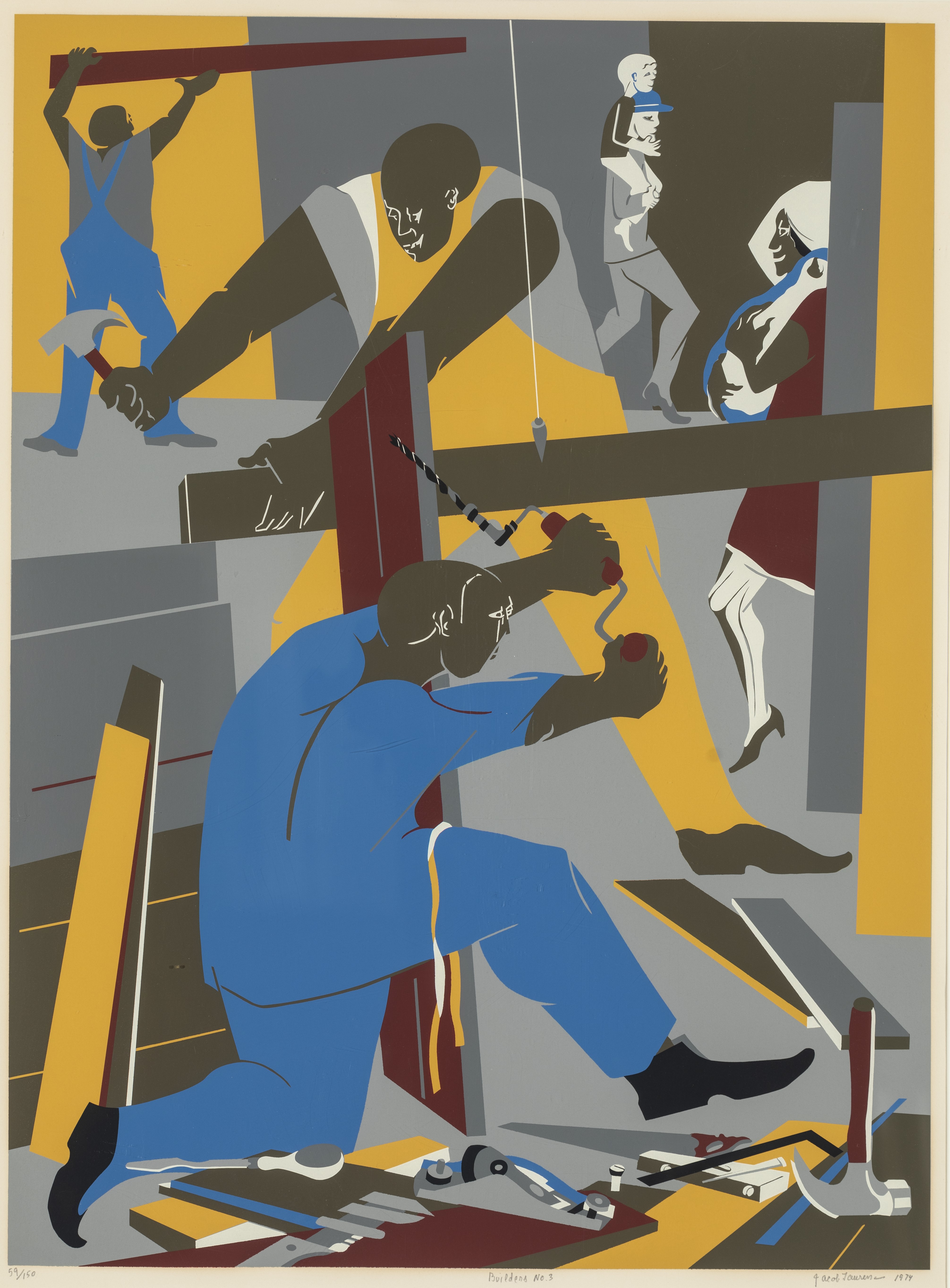
Jacob Lawrence (1917-2000), Serigraph print, 1974
Gift of Gilbert M. Frimet,
Collection of UM-Dearborn (1980.065)
Photographed by Tim Thayer
This powerful serigraph print from the permanent collection was created by Jacob Lawrence (1917-2000), one of this century's most widely acclaimed artists.
Lawrence was born in Atlantic City, New Jersey, but moved to Harlem, New York, at 13. He is among the few painters of his generation who grew up in a Black community, received instruction primarily from Black artists, and was influenced by the experiences of Black individuals.
Lawrence's artwork portrays the lives and struggles of the Black community, capturing their experiences through several series focused on figures such as Toussaint L'Ouverture, Frederick Douglass, and Harriet Tubman, as well as themes related to life in Harlem and the civil rights movement of the 1960s. His style is characterized by vibrant colors and abstract forms.
In the 1940s, during a time of widespread segregation, Lawrence broke racial barriers by becoming the first Black artist whose work was acquired by the Museum of Modern Art in New York City.
He stated, "If at times my productions do not express the conventionally beautiful, there is always an effort to express the universal beauty of man's continuous struggle to lift his social position and to add dimension to his spiritual being."
Researched and written by:
Julianna Collins, Stamelos Gallery Center former intern, UM-Dearborn art history/museum studies graduate, Class of 2025